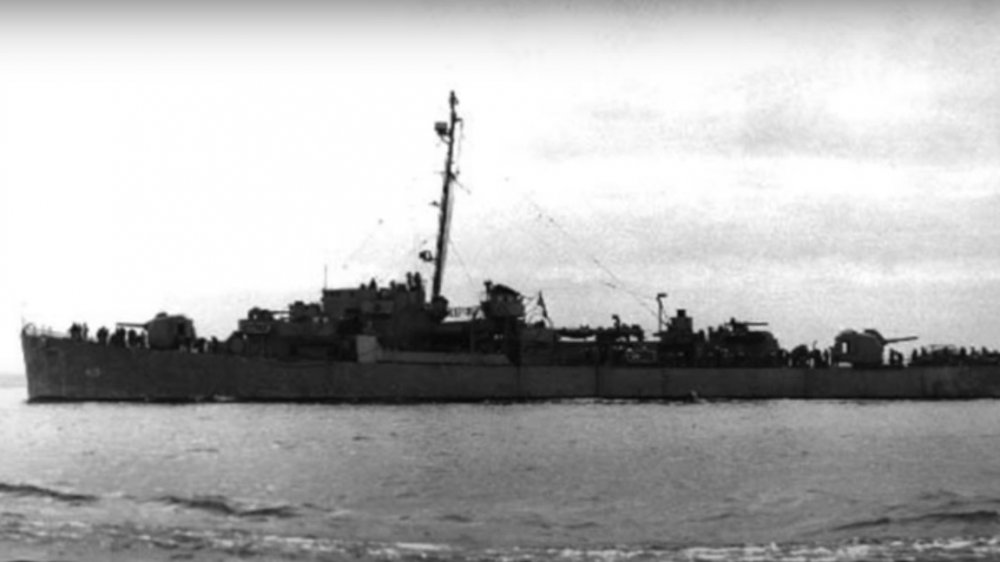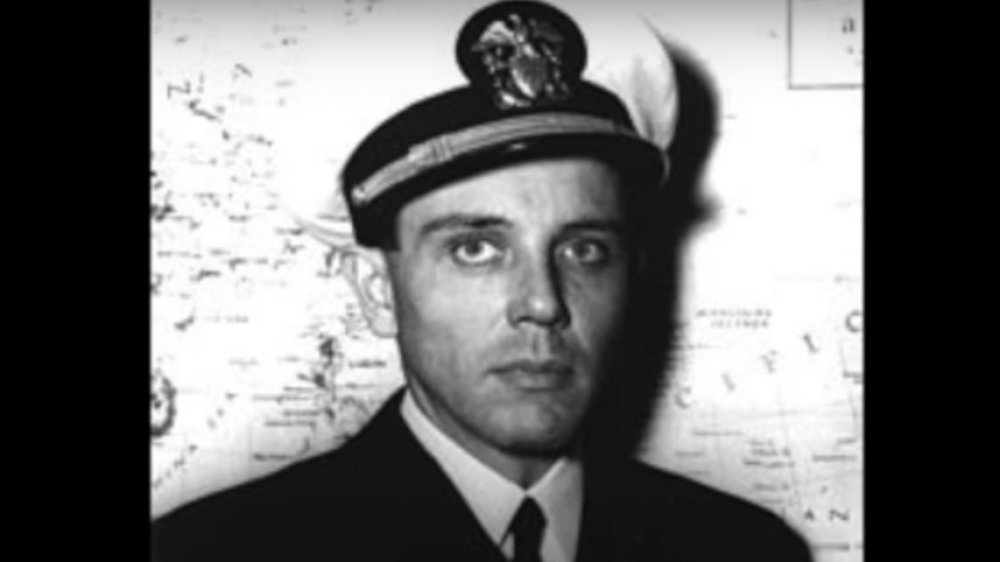The Crazy Story Of The USS Samuel B. Roberts In WWII
The history of war is full of stories of self-sacrifice, doing more than is asked, more than is required, and if necessary, to the point of the ultimate sacrifice, death. Whether it's the defenders of the Alamo, giving their lives to slow down the advance of Mexican forces to give the Texan army time to prepare, or something more recent — like the USS Samuel B. Roberts, an exceedingly brave mouse that sacrificed itself while fighting an extremely large lion to a standstill in the South Pacific.
The U.S. campaign to drive the Japanese Empire out of the South Pacific was frequently a slog, a battle on land, sea, and air, with a high cost in both materiel and lives. The invasion of the Leyte Gulf in the Philippines was no exception, as History relates.
The Roberts was a destroyer escort, accompanying small U.S. aircraft carriers operating in support of the invasion of Leyte Gulf. Somehow a Japanese fleet managed to surprise the U.S. naval forces, which found themselves outgunned as well as surprised. Shortly before 7 in the morning on October 25, 1944, that part of the U.S. fleet basically made the decision to charge against superior forces, buying time for the invasion on land.
Lieutenant Commander Robert Copeland was commanding officer
War History Online says that the commander of the Roberts, Lieutenant Commander Robert Copeland, went on the intercom to inform the crew of what was ahead. It would be "a fight against overwhelming odds from which survival could not be expected, during which time we would do what damage we could," reports Naval History and Heritage Command. Remembered Dick Rohde, one of the crewmen: "He was telling us we were going to die."
The Roberts steered straight at the approaching Japanese fleet, positioning itself to fire torpedoes. In the meantime the ship's guns began firing ceaselessly. The Roberts came so close to enemy ships that the Japanese guns couldn't be lowered far enough to fire on the Americans. Eventually heavy shells ripped apart the Roberts, but not before it used almost all of its own ammunition.
At last the order was given to abandon ship. Three hours after the battle began, the Roberts slipped beneath the waves. Of the 210 crew members, 120 survived on the open sea for about 50 hours before rescue. The ship and its crew is often referred to as "the destroyer escort that fought like a battleship." President Franklin Roosevelt mentioned the crew's bravery in a speech, calling it "one of the shiniest examples of heroism."
The Roberts had only been in operation since April 1944.

